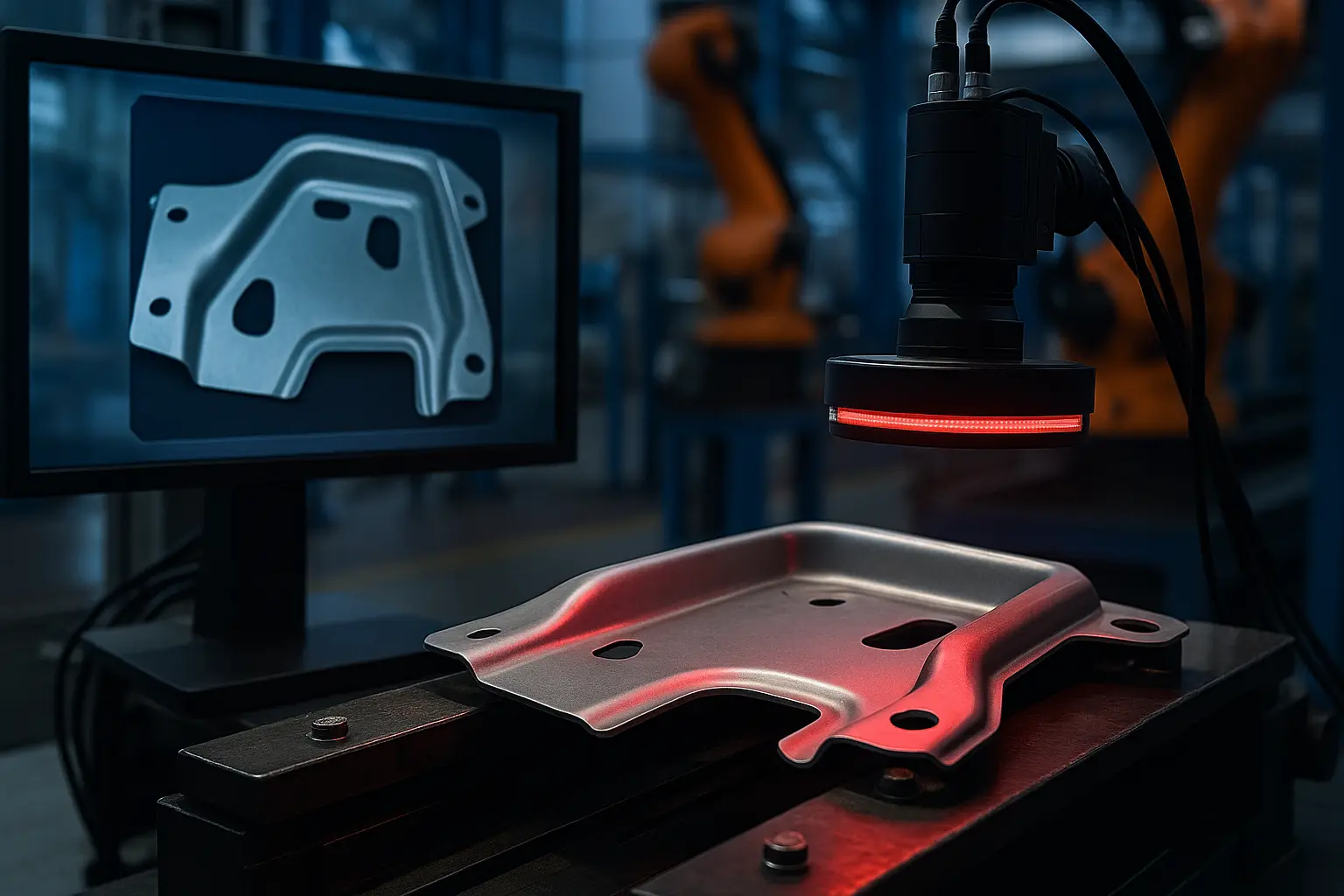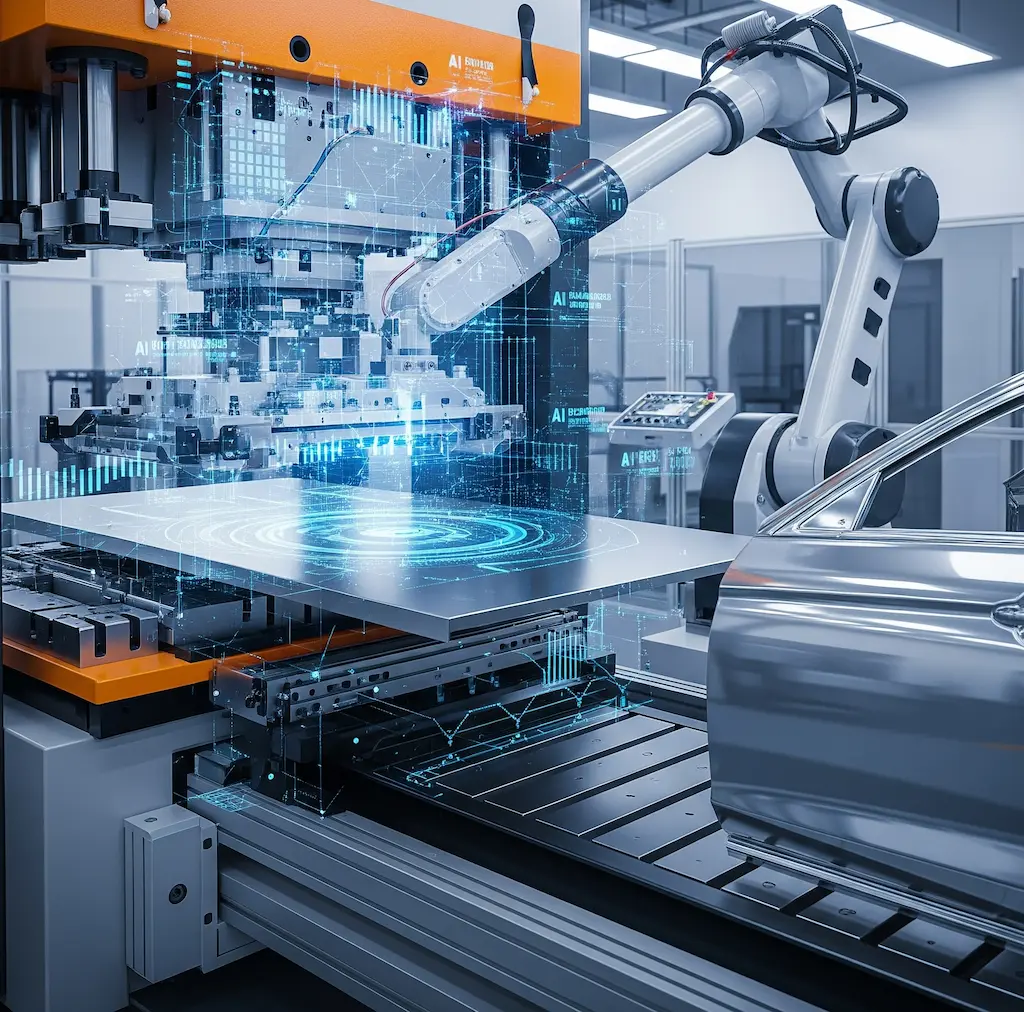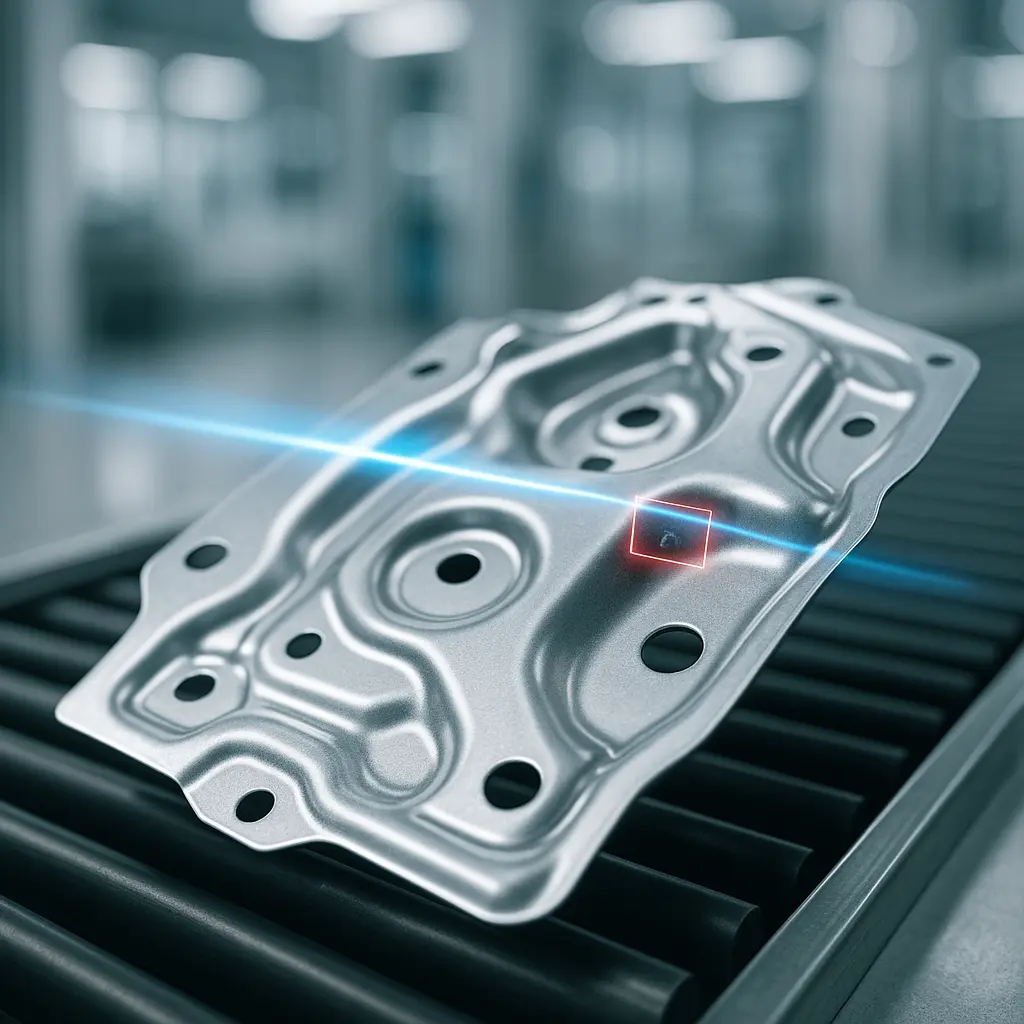Beyond Visual Inspection: Advanced Vision Systems for Zero-Defect Manufacturing
The pursuit of perfection in manufacturing culminates in the ideal of 'zero-defect' production – a state where every single product leaving the factory floor is flawless. In high-volume, high-precision industries such as automotive, aerospace, and electronics, where components are often formed through complex processes like metal stamping, achieving this ideal is critical for brand reputation, customer satisfaction, and economic viability. For decades, human visual inspection has served as the primary safeguard against defective parts. However, as manufacturing processes become more intricate and defect tolerances shrink, the limitations of human inspection – namely, fatigue, inconsistency, and the inability to detect microscopic flaws – have necessitated a technological evolution. Enter advanced vision systems, a powerful fusion of optics, computing, and Artificial Intelligence, that are pushing the boundaries of quality control.
The Shortcomings of Traditional Inspection Methods
Before diving into the capabilities of modern vision systems, it's important to understand why traditional methods fall short:
- Human Error and Fatigue: Manual inspection is highly susceptible to human error. Even the most vigilant inspector can miss subtle defects due to fatigue, distraction, or the sheer volume of parts.
- Subjectivity: What one inspector deems acceptable, another might not, leading to inconsistent quality standards across shifts or inspectors.
- Speed Limitations: High-volume production lines often move too quickly for humans to inspect every single part thoroughly.
- Limited Scope: The human eye can only detect visible defects. Internal flaws, microscopic cracks, or minute variations in dimensions often go unnoticed.
- Cost: Employing a large team of human inspectors can be a significant operational expense.
These limitations highlight the need for automated, objective, and highly precise inspection solutions that can keep pace with modern production lines.
What are Advanced Vision Systems?
Advanced vision systems, in the context of manufacturing, are sophisticated technological setups that use cameras, lighting, and computer algorithms to 'see' and analyze products or components. Unlike simple camera setups, these systems are equipped with powerful processing capabilities and often integrate Artificial Intelligence (AI) to interpret complex visual data. They are designed to mimic, and often surpass, the capabilities of human vision for specific inspection tasks.
Key Components and Technologies
1. High-Precision Cameras and Optics
The foundation of any vision system is its camera. Advanced systems utilize high-resolution, high-speed cameras (e.g., area scan, line scan, 3D cameras) capable of capturing detailed images of parts as they move along the production line. Specialized optics, including telecentric lenses, are used to minimize distortion and ensure accurate measurements.
2. Intelligent Lighting Solutions
Proper lighting is crucial for revealing surface features and defects. Advanced vision systems employ a variety of lighting techniques – including diffuse, dark-field, bright-field, and structured lighting – to highlight specific characteristics and minimize shadows or reflections that could obscure flaws.
3. Robust Image Processing Hardware and Software
Once images are captured, powerful computers with specialized software process the visual data. This involves image enhancement, noise reduction, segmentation, and feature extraction. The processing speed is critical for real-time inspection in high-throughput environments.
4. Artificial Intelligence and Machine Learning
This is where modern vision systems truly go 'beyond visual inspection.' Instead of relying solely on pre-programmed rules (e.g., 'if pixel value X, then defect'), AI, particularly machine learning and deep learning, enables systems to learn from vast datasets of 'good' and 'bad' parts. AI models can:
- Identify Subtle Anomalies: Detect minute variations in surface texture, color, or form that might indicate a defect, even if not explicitly programmed.
- Generalize from Examples: Learn to recognize new types of defects that were not part of the initial programming, based on patterns observed in training data.
- Adapt to Variability: Accommodate minor variations in part presentation or lighting conditions without misclassifying parts.
- Automate Classification: Accurately categorize defects and even provide insights into their potential root causes.
Applications in Zero-Defect Manufacturing
In press shops and similar manufacturing environments, advanced vision systems are deployed for a multitude of critical inspection tasks:
- Form Anomaly Detection: Identifying deviations from the intended geometric shape of a stamped part, such as incorrect bends, warps, or incorrect hole positions.
- Surface Defect Detection: Spotting scratches, dents, cracks, burrs, pitting, discoloration, or other surface imperfections that compromise quality or functionality.
- Dimensional Verification: Precisely measuring critical dimensions of parts to ensure they are within specified tolerances.
- Assembly Verification: Confirming that all components are present and correctly assembled.
- Material Integrity Check: Detecting foreign material inclusions or inconsistencies in the material itself.
- Label and Print Quality: Ensuring barcodes, serial numbers, and other printed information are legible and accurate.
The Journey to Zero-Defect
The implementation of advanced vision systems is a significant leap towards achieving zero-defect manufacturing. By automating and enhancing the inspection process, these systems provide:
- 100% Inspection: Every single part can be inspected, eliminating the risks associated with sampling.
- Objective and Consistent Quality: Decisions are data-driven and unbiased, ensuring uniform quality standards.
- Early Defect Detection: Identifying issues at the end of the line prevents defective products from reaching customers, saving on rework, recalls, and warranty costs.
- Process Feedback: The detailed data collected by vision systems can be fed back into the production process, allowing for real-time adjustments and continuous improvement to prevent defects from occurring in the first place.
- Reduced Waste: By identifying and removing defective parts early, material waste is minimized.
As AI continues to evolve, vision systems will become even more intelligent, capable of self-calibration, adaptive learning, and seamless integration into fully automated production lines. The synergy between high-precision optics, powerful computing, and artificial intelligence is not just improving quality control; it is fundamentally redefining what is possible in the relentless pursuit of perfection in manufacturing.



